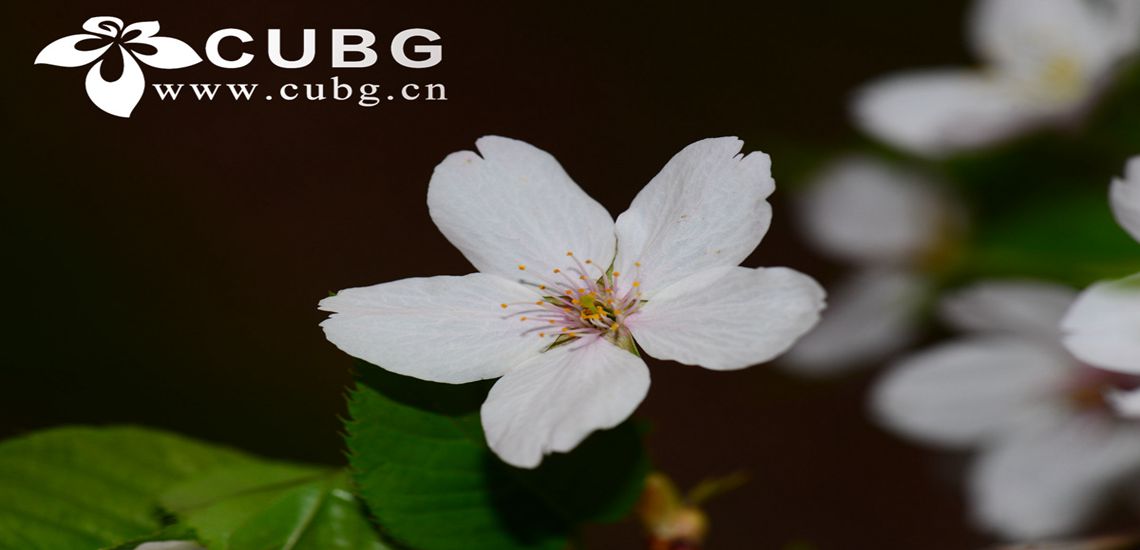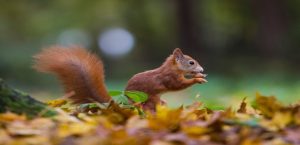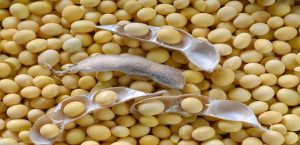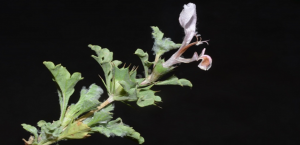Abstract:
Satoyama is the traditional Japanese rural landscape that spreads between cities and mountains. Satoyama is characterized by landscape mosaics consisting of agricultural and non-agricultural lands such as secondary forest, planted forest, grassland, and irrigation pond, and high biodiversity is maintained through the many species that use multiple landscapes. The connecting part of the landscape elements that compose satoyama landscape (called an ecotone in this seminar) influence each other. The microenvironmental gradient formed on the ecotone is a typical example, and it makes possible for species that have different of niches to coexist depending on the degree of the gradient. In addition, the movement and excretion of those biological communities maintain the nutrient cycle across various landscape elements, which can contribute to the nutrient cycle of satoyama basins. On the other hand, in recent satoyama, there is concern that the functions of ecotone will decline by the wide use of pesticides or herbicides. In recent years, there has been growing interest in the negative impacts of such anthropogenic disturbances on biodiversity and nutrient cycle of satoyama. However, there are few research that quantifying the effects of human activities on ecological functions of satoyama ecotone, and the existence of the biological communities and the organic matter decomposition function driven by those communities remain unclear. Our research quantified the impacts of anthropogenic disturbances on microenvironmental factors, soil animal community, and organic matter decomposition at the paddy levee of satoyama ecotone. In this research, three paddy levee management methods were selected as agricultural disturbances: mowing (Control) and burning which are widely used as paddy levee management on Sado Island, and herbicide spraying which is widely used in modern agriculture in Japan. As a result, we found three points as follow: the litter amount shows different changes depending on the anthropogenic disturbance type and frequency, those change affects soil macrofauna community and organic matter decomposition, and the extent of anthropogenic disturbance effects varies with differences in their body size and vertical distribution.
Speaker: Dr. Norihiro Furukori
Affiliation: Niigata University, Niigata, Japan
Time: 4:30 PM, Tuesday, Nov. 8, 2022
Venue: ZOOM 会议平台 会议 ID:312 430 8960 会议密码 PWD:666666
ZOOM
会议 ID:312 430 8960
会议密码 PWD:666666



